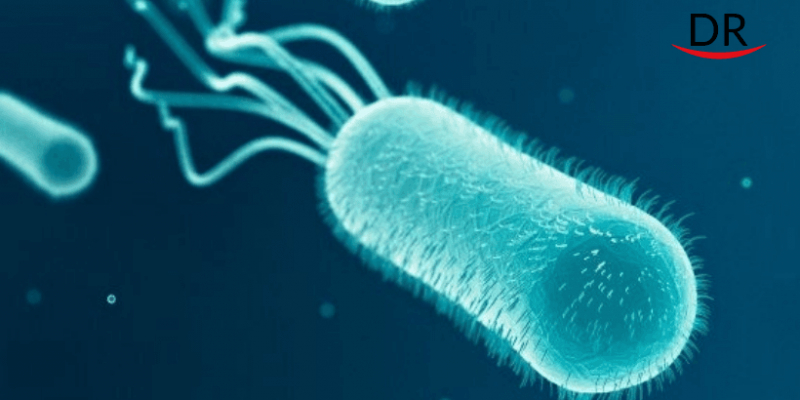Porphyromonas gingivalis is the main contributor to periodontal disease. Bacteria form biofilms by attaching themselves to the host and to each other by sticky hair-like filaments. These filaments are called ‘pili’.
Bacterial adhesion is a general strategy for host–microbe and microbe–microbe interactions. Adhesive pili are essential for colonization, biofilm formation, virulence and pathogenesis of many environmental and pathogenic bacteria.
Periodontitis is followed by the accumulation of biofilm. Recently, some of the researchers in Japan have conducted successful studies to determine the structure of pili and how they assemble. This could prove to be helpful in finding strategies to fight gum disease.

“Pili are vital for both the survival of the bacteria and the creation of the biofilms,” said Dr. Satoshi Shibata, first author and staff scientist at the Okinawa Institute of Science and Technology Graduate University. “By taking a close look at these pili, our research has provided insights into how we can prevent biofilms from forming.”
It was already confirmed by previous studies that members of the class Bacteroidia have unique type V pili, assembled by protease-mediated polymerization.
“Besides periodontal pathogens, Type V pili are seen in major colon bacteria such as Bacteroides and Prevotella species and their Type V pili may contribute to formation of colon microbiota,” said professor Koji Nakayama of Nagasaki university. These pilli are made up of small protein units called pilins. In the case of P.gingivalis most of these are FimA pilins. These pilins can assemble into a very stable pili despite of being linked by very weak interactions.
“Detailed structural information of FimA is very important because pathogenicity of P gingivalis strains is closely related with the FimA subtypes,” said professor Katsumi Imada of Osaka University, who crystalized FimA pilins and revealed their unassembled state at atomic resolution.
“Based on findings from earlier experiments by the Nakayama group, we theorized that these pilins assembled themselves via a mechanism of protease-mediated strand exchange,” said Shibata. “So, our next experiment took a close look at fully assembled pili using cryo-electron microscopy.”
A genetically engineered version of the FimA pilins was prepared by Associate professor Mikio Shoji of the Nakayama group and Shibata. This version successfully assembled into pili after protease protein was added.
After processing the data on the university’s “Sango” supercomputer, a complete three-dimensional atomic model of the assembled pilus structure was obtained.
“When we added the protease, the pilins started to assemble into elongated pili like train cars connecting to form a train,” said associate professor Matthias Wolf, who leads OIST’s Moleclu;ar Cryo-electron microscopy unit. “This happened because the protease cut a retaining loop and released a protein strand, known as the donor strand, which triggered the assembly to begin.”
When released, the donor strand flipped out of the pilin and inserted itself into a neighbouring pillins groove, connecting the two pilins. Through closer look at the amino acid composition at the end of the donor strand, researchers found that it played a critical role in the assembly mechanism.
The researchers mutated the protein by using Biochemistry, Crystallography and cryo-electron microscopy. This prevention the pili from forming which proved how these key amino acids contribute to pilin polymerization.
CONCLUSION:
This study is a step toward new antibacterial drugs not just for the diseases caused by P gingivalis but also for those caused by any bacteria with Type V pili.
“We’re now trying to create an inhibitor that prevents pili from assembling,” said Shibata. “This structure serves as a target to create new drugs, which are desperately needed to counter increasing antibiotic resistance. Finding novel antimicrobial compounds is a critical advantage in fighting these pathogens.”
SOURCE: “Structure of Polymerized Type V Pilin Reveals Assembly Mechanism Involving Protease-Mediated Strand Exchange,” published by Nature Microbiology.




















Comments